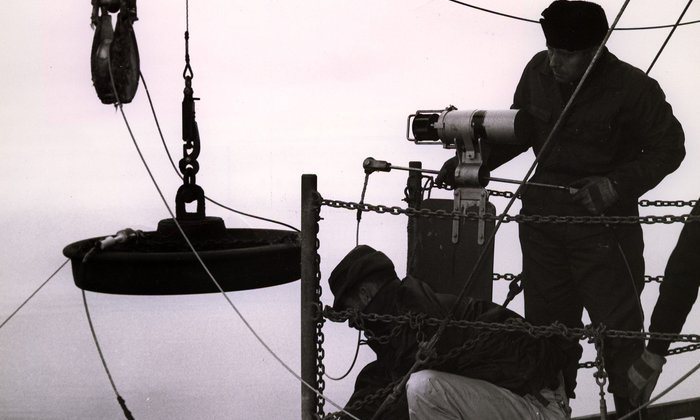Long-term observations of the flow of dense waters from their area of formation to the abyss of the World Ocean, and the return flow of warm waters, are central to climate research.
For the Weddell Sea, an important component of such a system entail monitoring the formation of High Salinity Shelf Water (HSSW) on the continental shelf north of Ronne Ice Front, the transformation to Ice Shelf Water (ISW) beneath the floating Filchner-Ronne ice shelf (FRIS), and the flux of ISW overflowing the shelf break to the deep Weddell Sea. Equally important is the inflow of warm water toward the FRIS cavity.
















